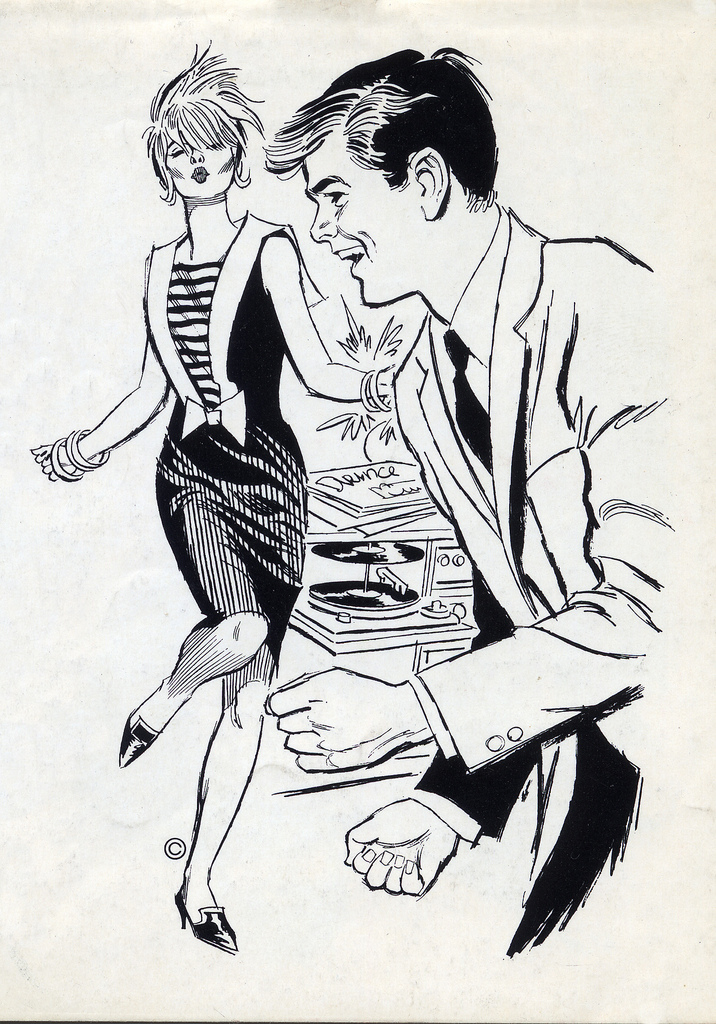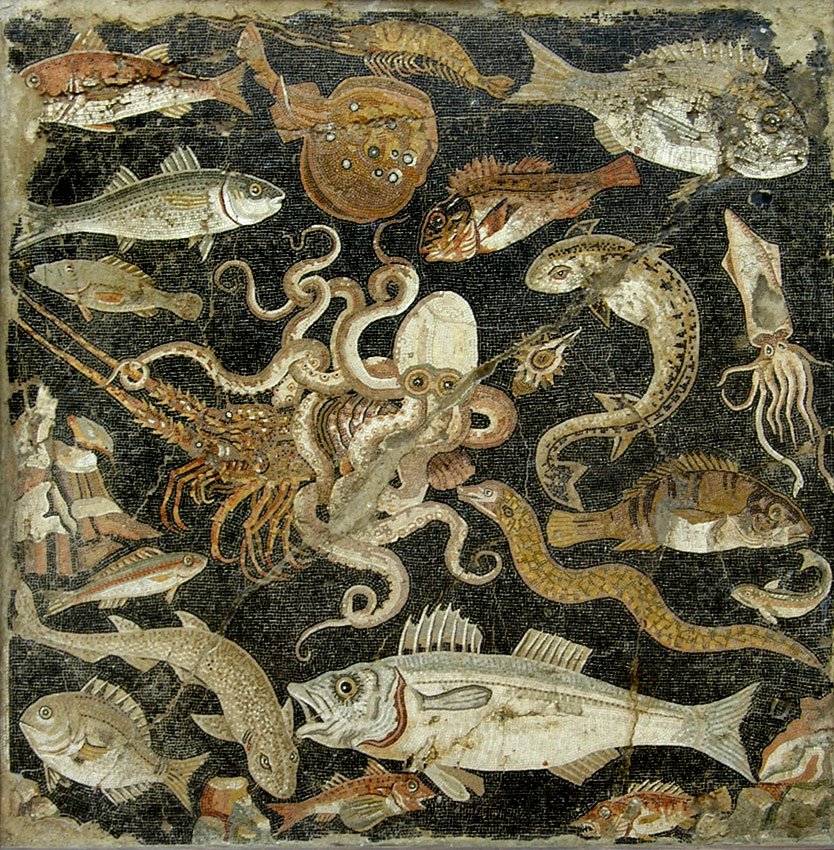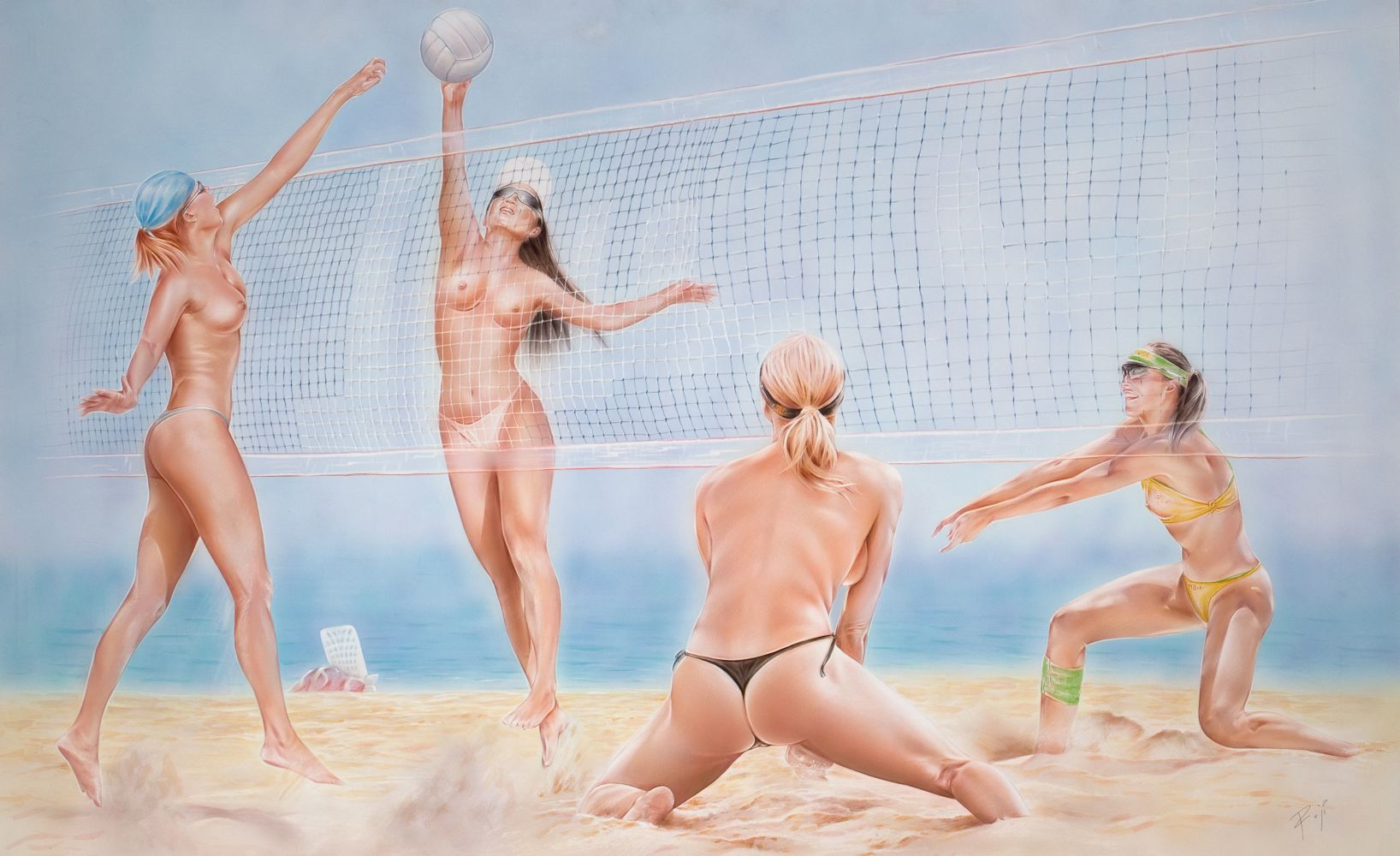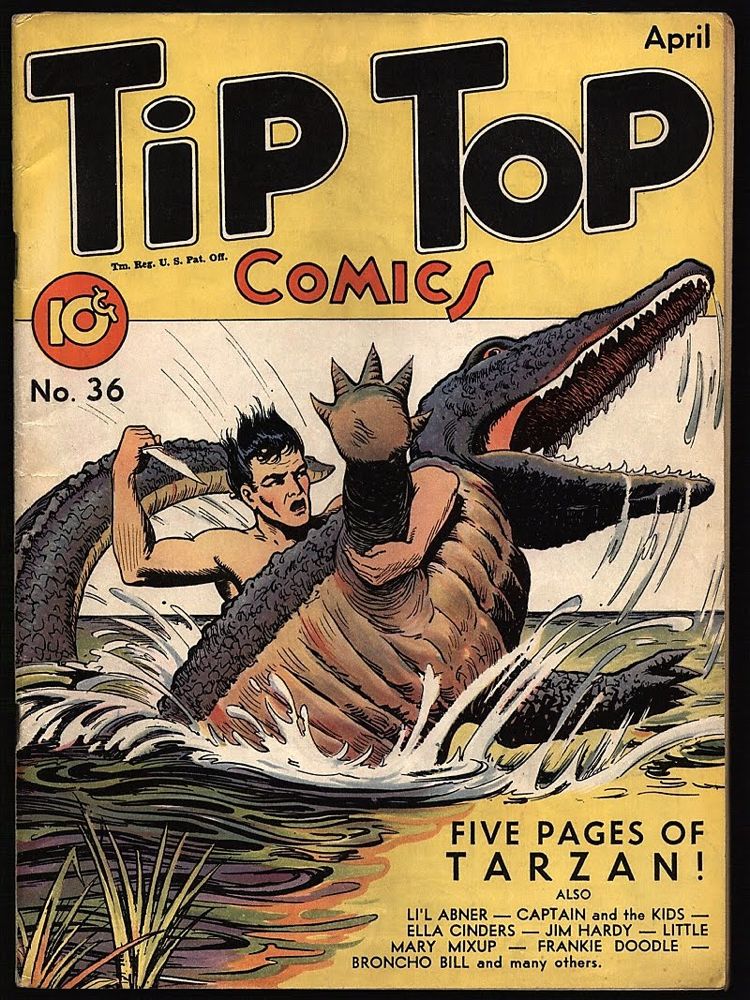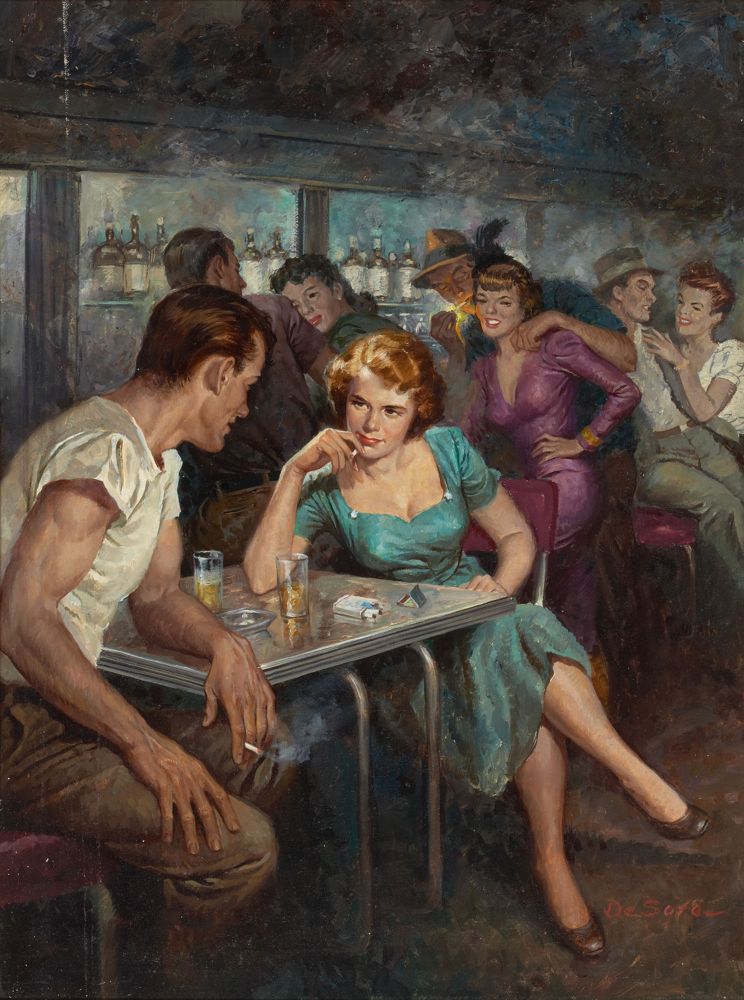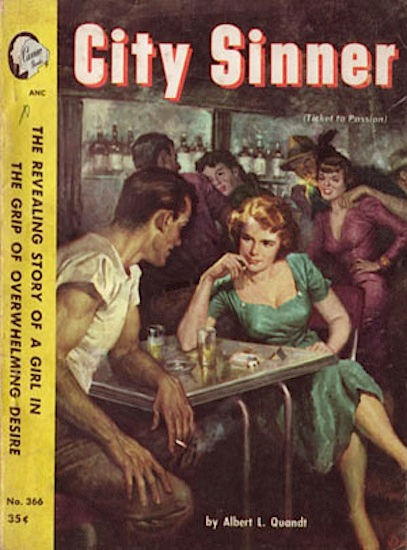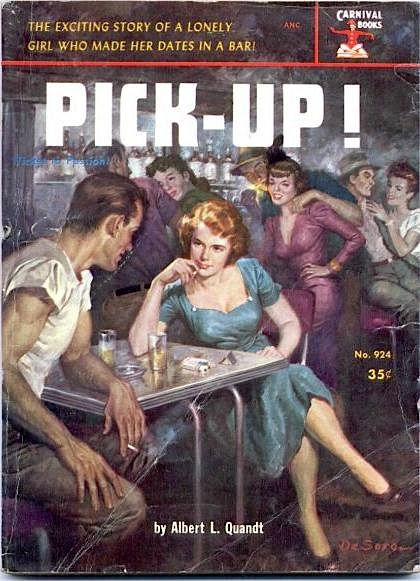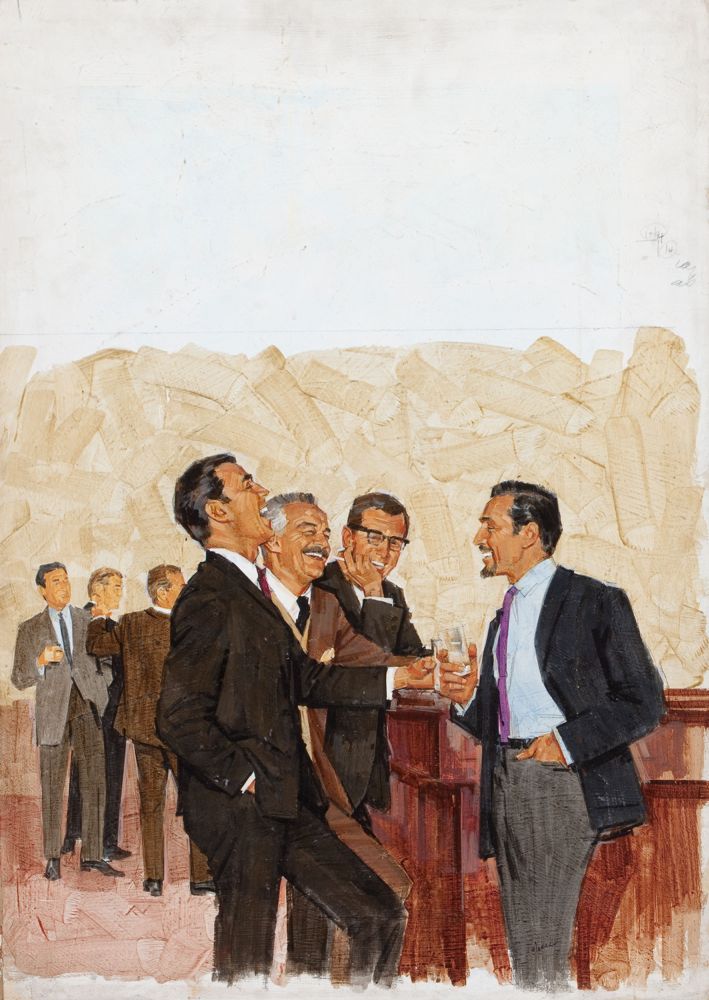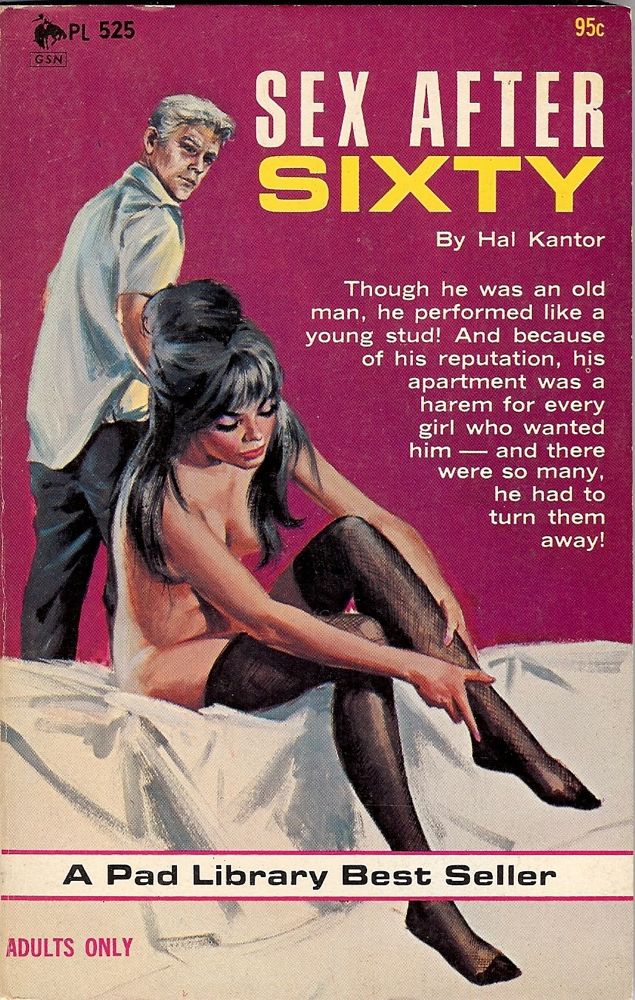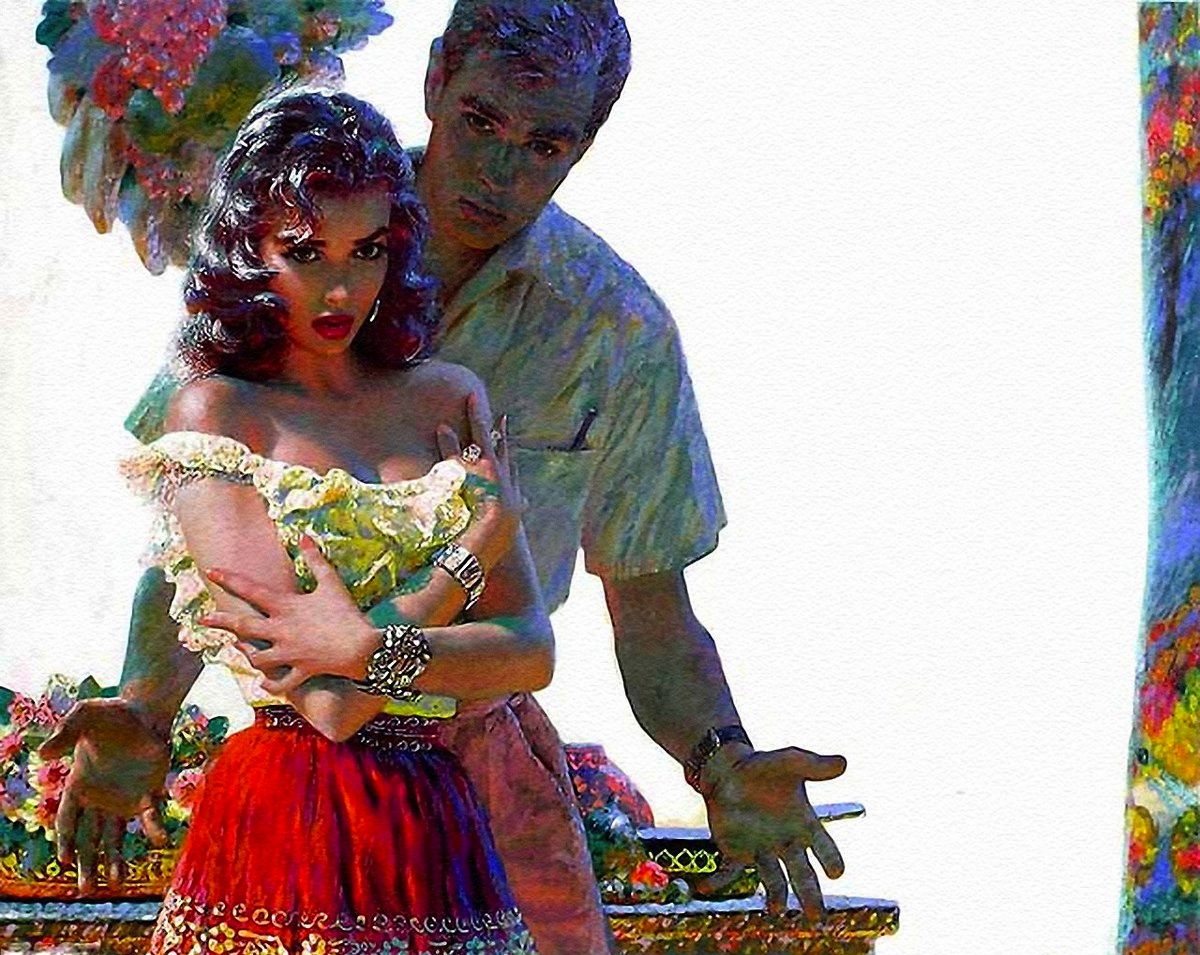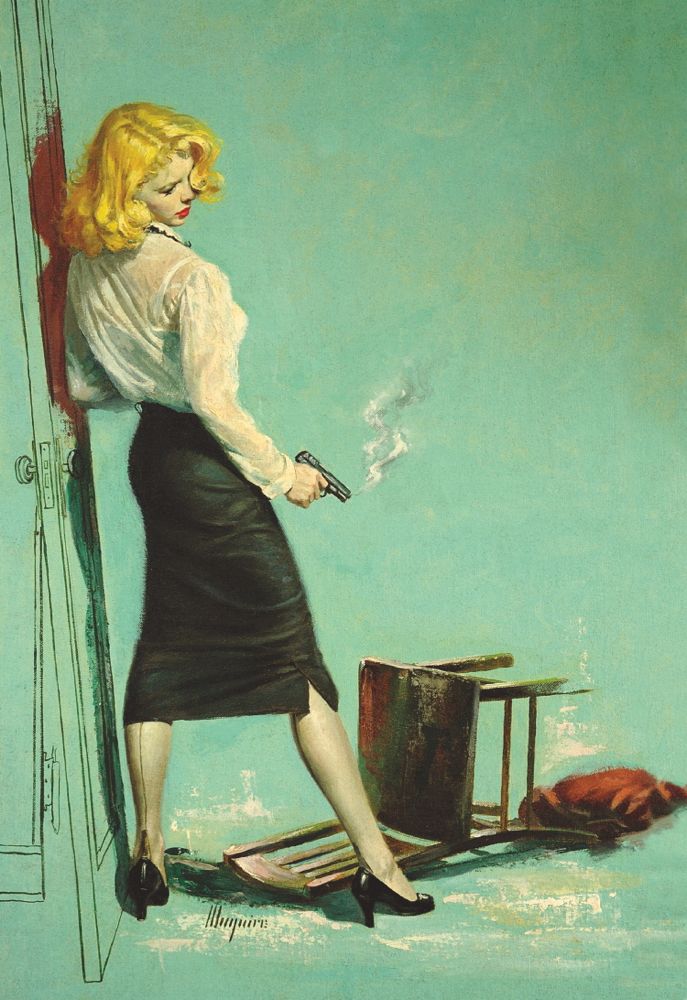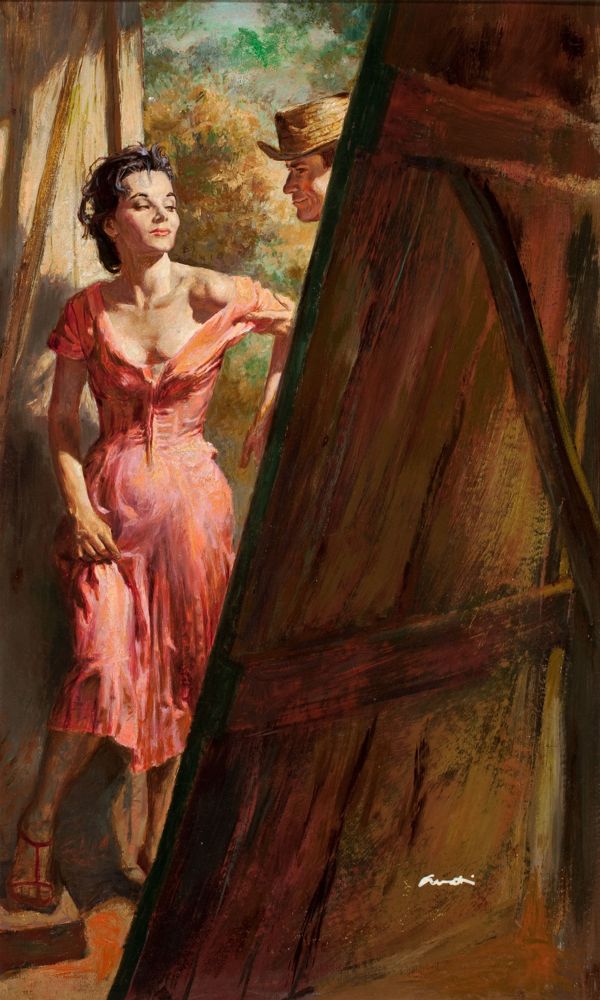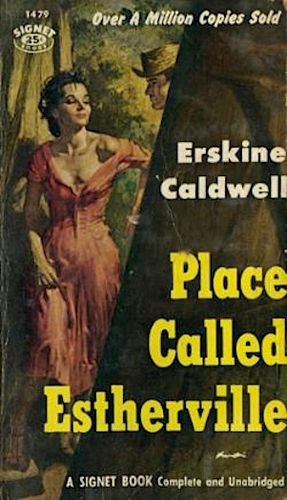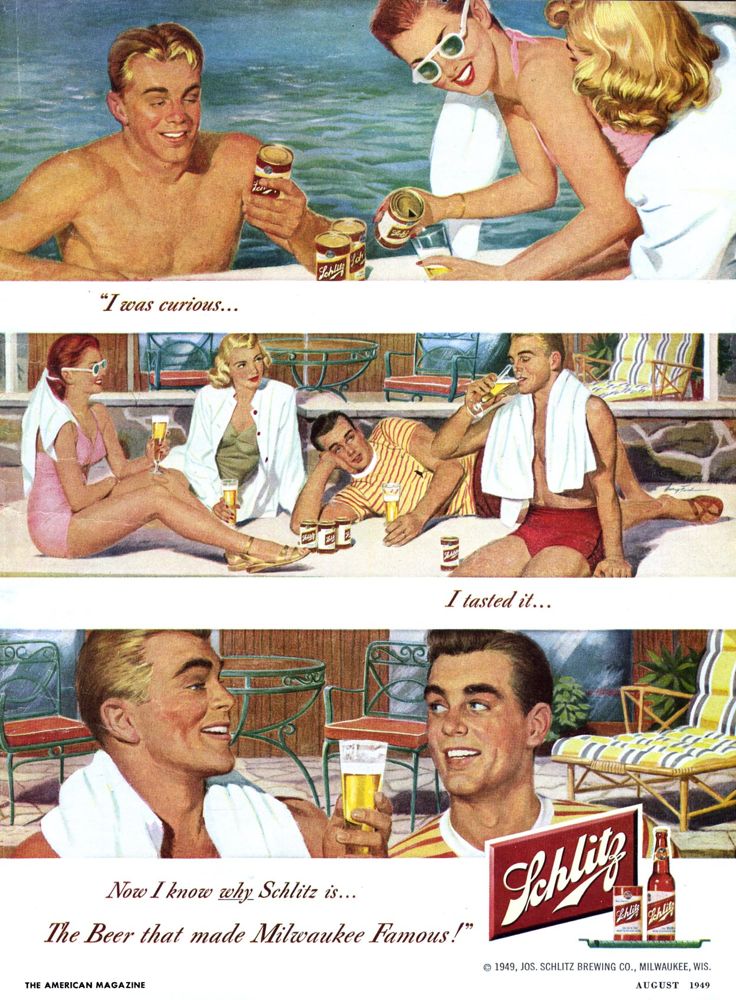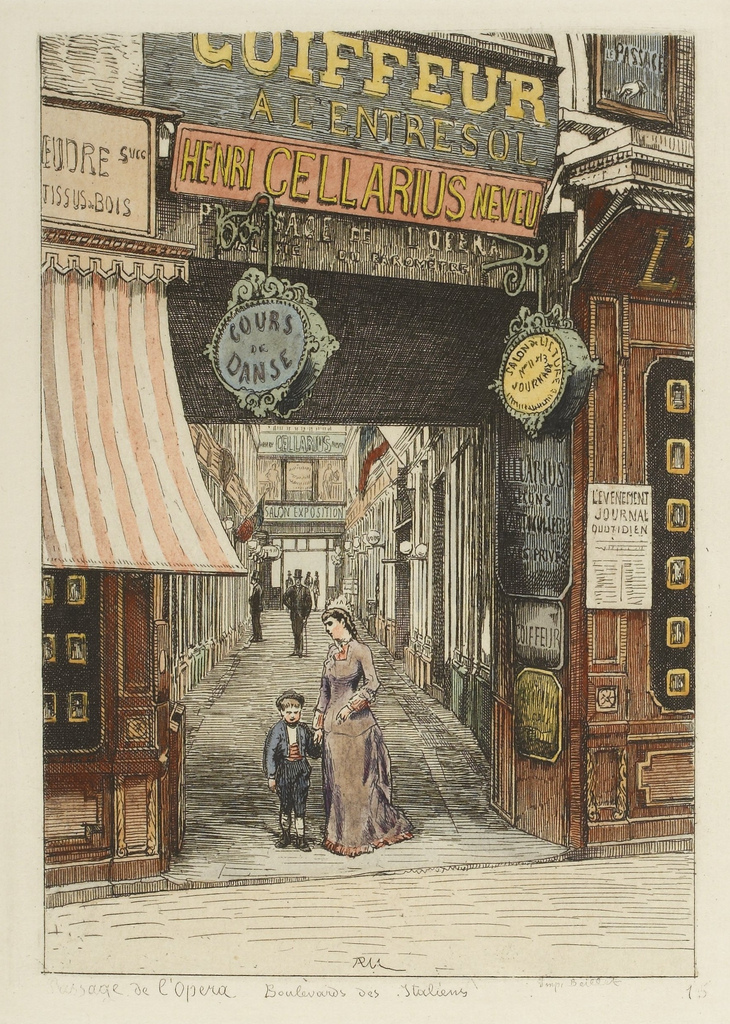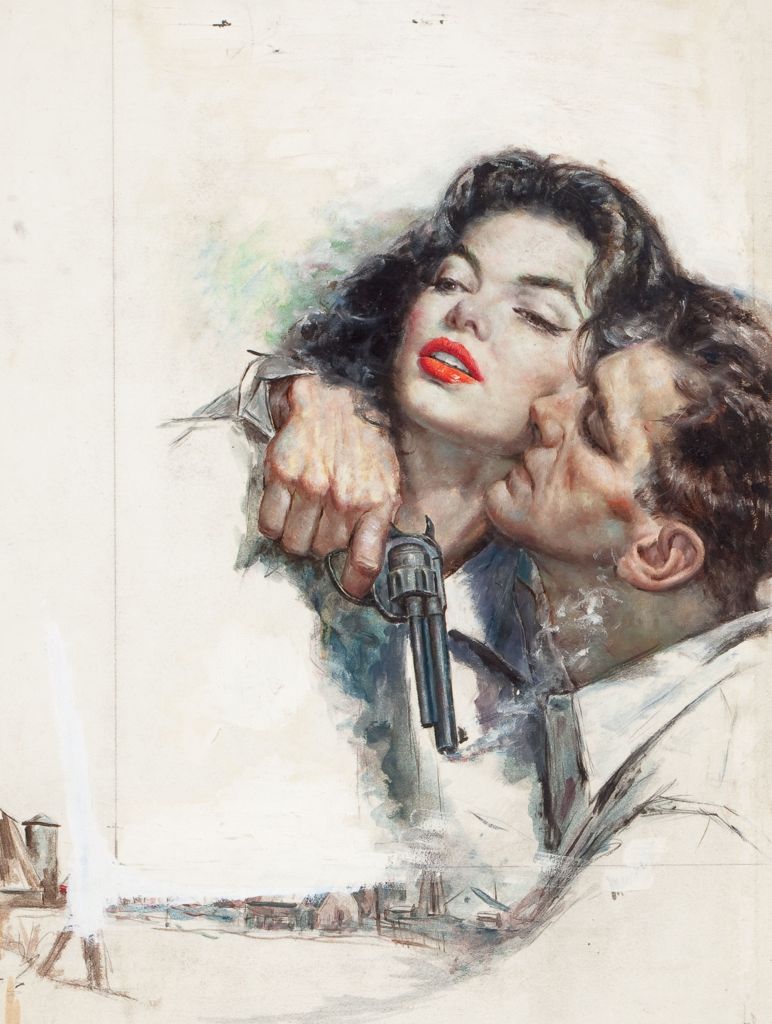Click on the image to enlarge.
Category Archives: Art
MADONNA AND CHILD
This sculpture by Michelangelo now sits in the Church Of Our Lady in Bruges. Completed shortly before the sculptor’s more famous Pietà, it was the only one of his carvings which left Italy during his lifetime.
Private Lincoln Kirstein (above) and a colonel he was serving under found it crated up in a salt mine in Austria in 1945. They were working in the Arts & Monuments unit of Patton’s Third Army, charged with preventing the destruction of important works of art and recovering art stolen by the Nazis within Patton’s area of operations. They had tracked it down through a tip from a captured SS officer.
There was a lot of other looted art in the mine, including Jan Van Eyck’s Altarpiece Of Ghent, all of it collected for the Führer Mother Museum which Hitler planned to build in Linz in honor of his mom.
Imagine prying open crates in a dark mine and seeing stuff like that revealed in the beams of two government-issue flashlights.
Kirstein was decorated by the government of Belgium after the war for rescuing two of that nation’s greatest treasures. Within months of his discharge from the army in 1946 he and George Balanchine founded Ballet Society, which became The New York City Ballet.
SOME VINTAGE CLIP ART FOR TODAY
SOME TESSERAE FOR TODAY
BEACH VOLLEYBALL!
A COMICS ANTHOLOGY COVER FOR TODAY
A RAFAEL DE SOTO FOR TODAY
A MAGAZINE ILLUSTRATION FOR TODAY
A PULP PAPERBACK COVER FOR TODAY
AN EDWIN GEORGI FOR TODAY
A ROBERT MAGUIRE FOR TODAY
A JAMES AVATI FOR TODAY
A MAGAZINE AD ILLUSTRATION FOR TODAY
A HAND-COLORED ETCHING FOR TODAY
Passage de L’Opera, 1870s. This is one of the 19th-Century Parisian shopping arcades that so fascinated Walter Benjamin and were the focus of his massive, uncompleted Arcades Project. They were private commercial precincts that mimicked public spaces, foreshadowing the modern shopping mall.
Click on the image to enlarge.

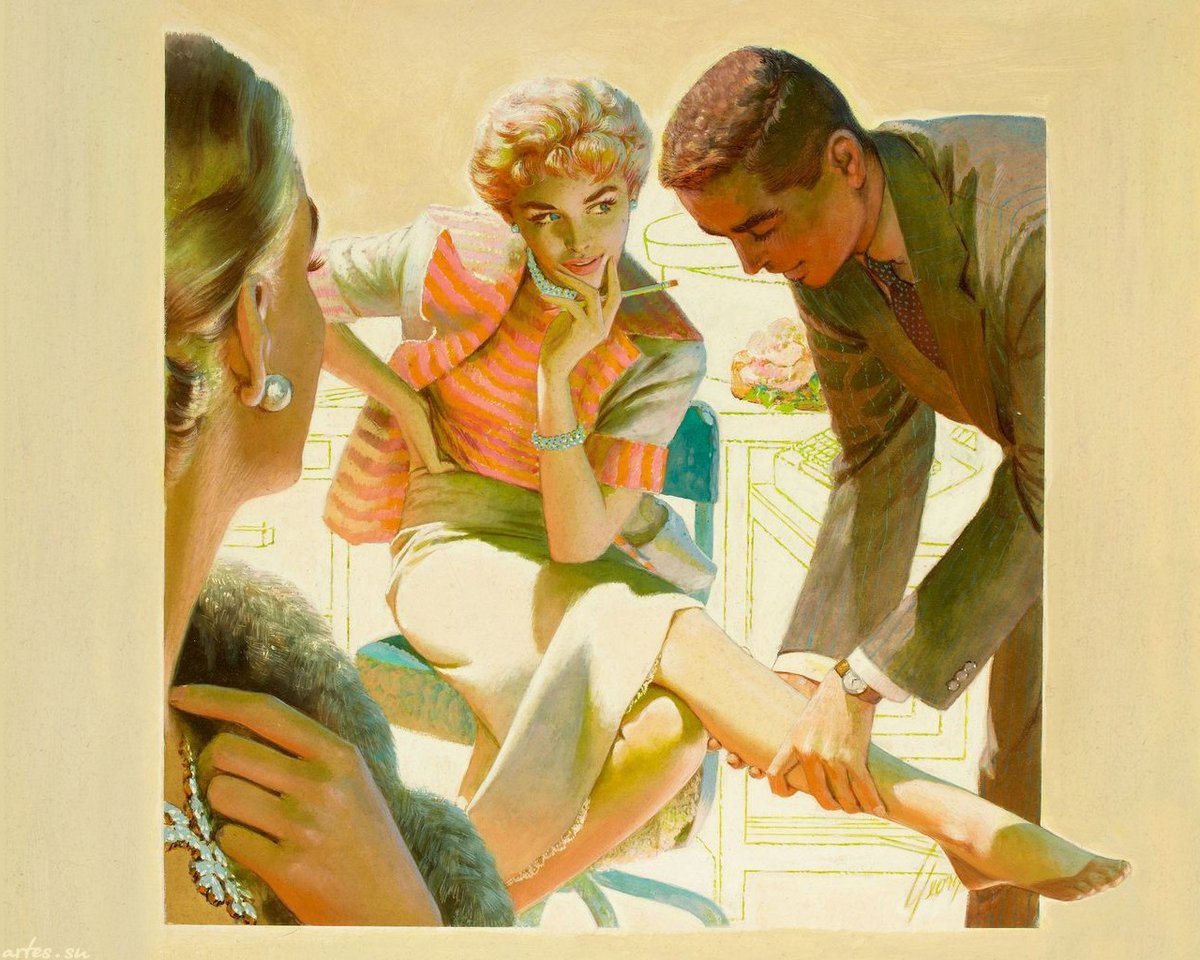
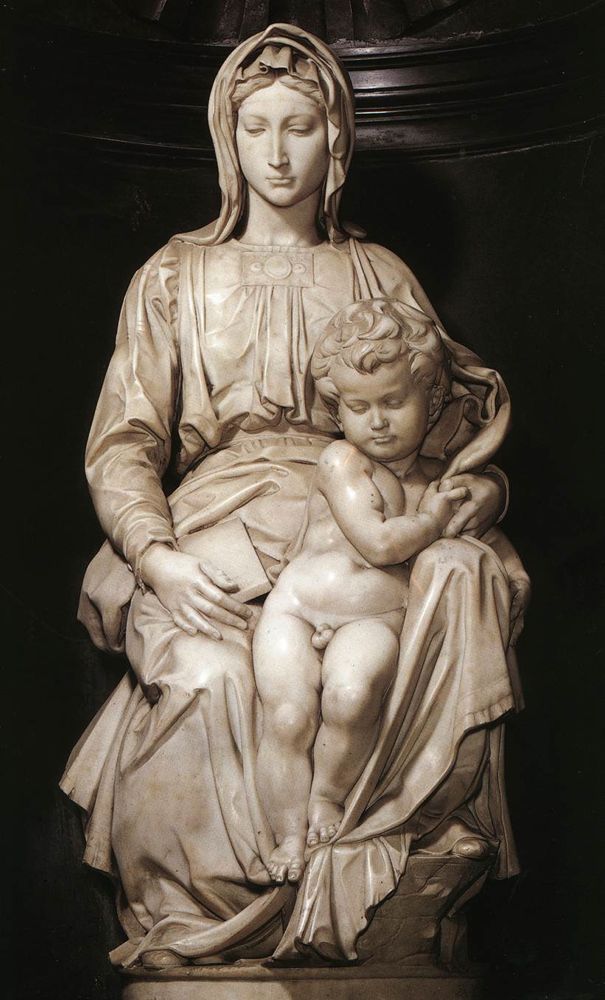
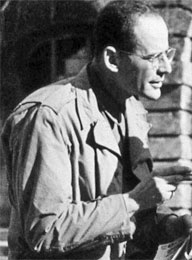
![madonna_and_child_[detail-_1]-large](http://www.mardecortesbaja.com/wordpress/wp-content/uploads/madonna_and_child_detail-_1-large.jpg)
